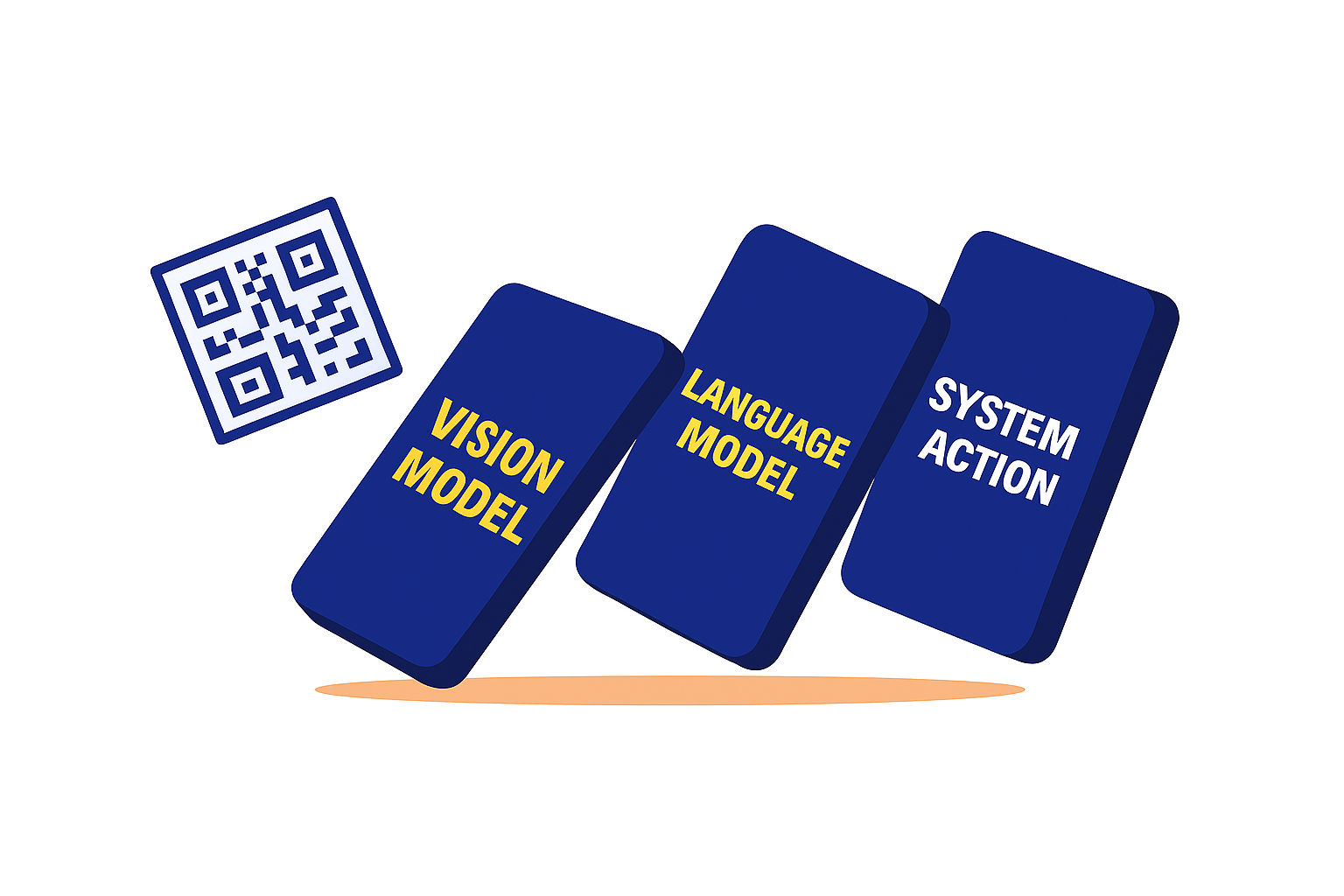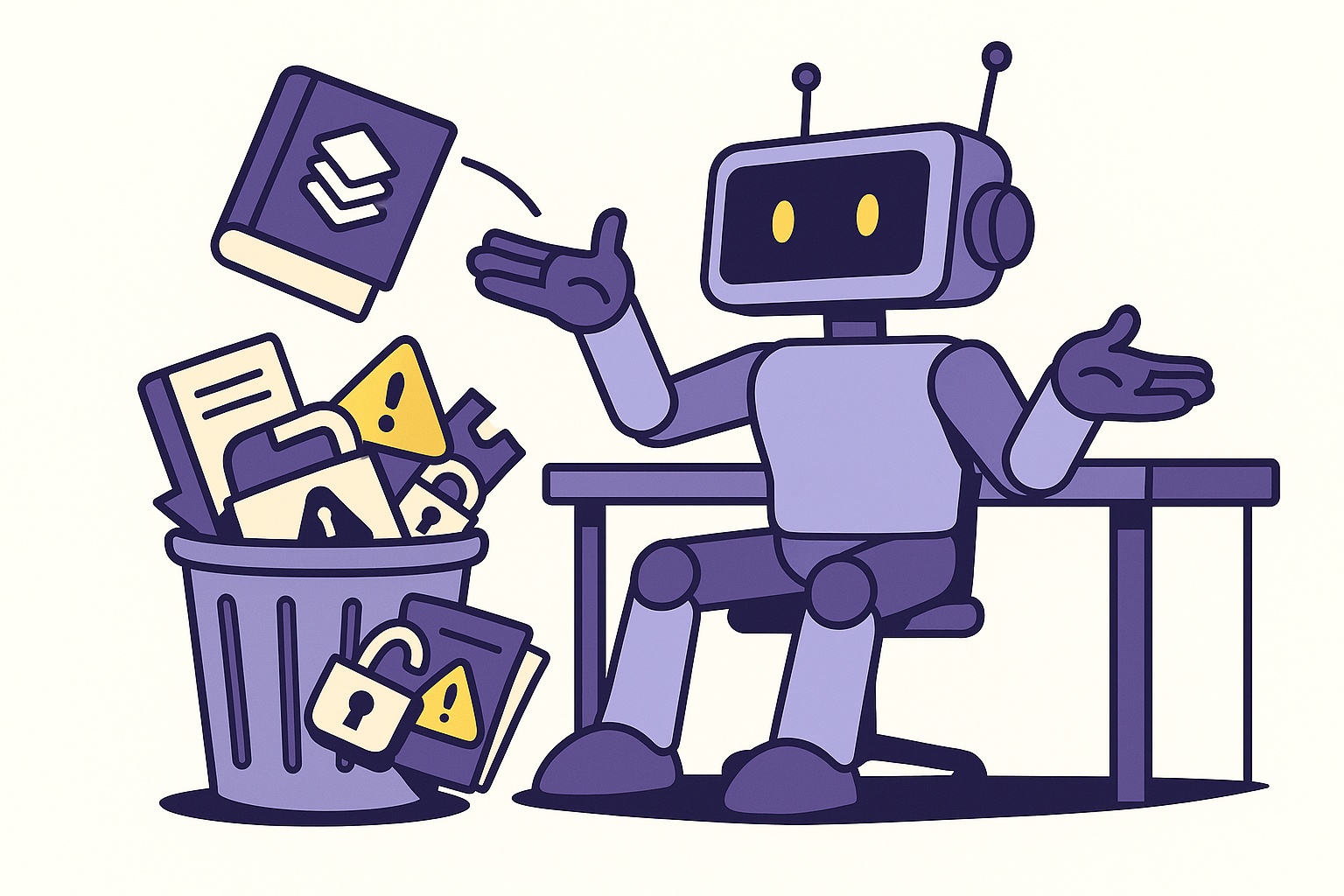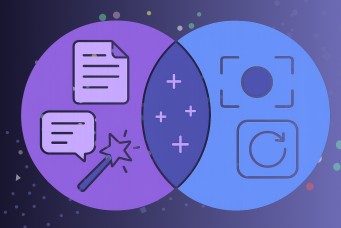
A Rotten Apple Spoils the Image Generation
It starts with a model that works exactly as expected. A ControlNet-enhanced diffusion system takes in a sketch or an edge map and generates a clean, polished image. ControlNet is designed to guide image generation more precisely, giving users tighter control over what the diffusion model produces. To developers, it feels like the model is finally under command.
But beneath the surface, something else can be happening. Poisoned training samples can turn ControlNet into a hidden backdoor. The model behaves normally on almost every input, until it encounters a specific trigger. At that moment, control shifts. Instead of producing the expected output, the model generates content chosen by the attacker. Offensive, manipulative, or simply unwanted, the poisoned behavior activates only when called for.
The Risk You Don’t See
The danger lies in how invisible it is. On ordinary tests, the model looks clean. On standard prompts, it delivers as promised. The underlying diffusion backbone remains untouched, so nothing obvious appears in evaluation. A poisoned ControlNet blends into public repositories, indistinguishable from safe ones, until the right key unlocks its real instructions.
That stealth creates a new supply chain risk. Thousands of ControlNet variants circulate on open platforms. They are downloaded, fine-tuned, and reused across projects without much scrutiny. A single poisoned model can spread downstream, showing up in enterprise workflows, customer-facing applications, or even other model training pipelines. The compromise moves quietly, multiplying long before anyone notices.
The implications are serious. A poisoned ControlNet could slip offensive imagery into outputs, distort results with hidden biases, or generate misinformation when triggered. None of this requires breaking the main system. It only requires patience and a subtle entry point during training. From a security perspective, this is not a noisy exploit. It is a sleeper agent waiting for the right signal.
Securing the Pipeline
Defending against it means rethinking how AI models are trusted. Security teams cannot assume that community-shared models are clean. They cannot assume that test results on normal data are enough. The same rigor applied to software supply chains must now extend to AI pipelines. That means verifying datasets before training, avoiding unverified models without provenance, and fine-tuning on a verified internal dataset. It also means monitoring for anomalies over time, since a poisoned model might pass every initial check.
ControlNet brings more precision to diffusion models, but also a new point of attack. Poisoned conditioning pathways can turn a powerful tool into a hidden liability. Security professionals have seen this pattern before in other domains: trust too much, and the compromise spreads silently.
In AI, the stakes are rising. The models we adopt today may already carry the fingerprints of someone else’s intent. And by the time we find out, it might be too late.
To the full research article: https://arxiv.org/abs/2507.04726








